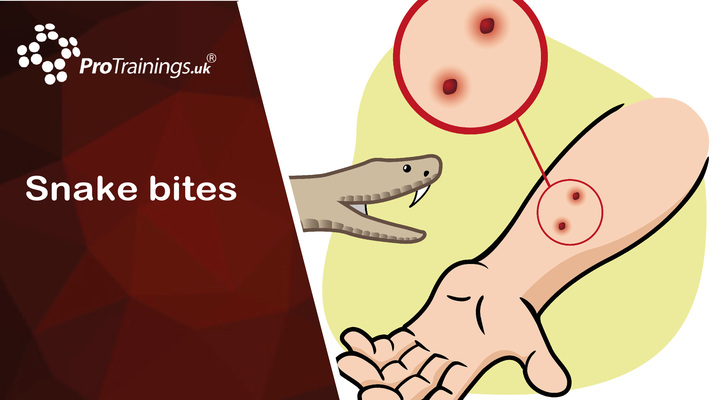First Aid for Cyclists Level 2 (VTQ) Training Videos
(32 Ratings)
First Aid is an extremley important skill to have, especially when cycling. You should be prepared for medical emergencies and accidents at all times to potentially save a life! Get signed up and train to save a life now!
Introduction to Cycle First Aid
Cardiac Arrest and CPR
Heart Attack and Stroke
Choking Management
Bleeding Control
Dealing with injuries
Dealing with illnesses
Course Details
Video Playtime
4 hours and 19 minutes
Captions
English
Instructor
Keith Sleightholm
Audio
English
First Aid for Cyclists Level 2 (VTQ) at a Glance
- Includes the latest CPR and Coronavirus recommendations
- Learn first aid problems that can arise while cycling
- Ideal for many different recreational, competition and hobby cyclists
- Includes various injuries and illnesses that you may encounter while cycling
- Follows the latest UK and European Resuscitation Council guidelines
- Can be completed 100% online or contact us for a practical course locally
- Course ideal to be completed in a blended format, complete this course then a class course locally saving time in the classroom
Ready to get started?
First Aid for Cyclists Level 2 (VTQ)
4 hours and 19 minutes
English
£24.95 + VAT


















































































